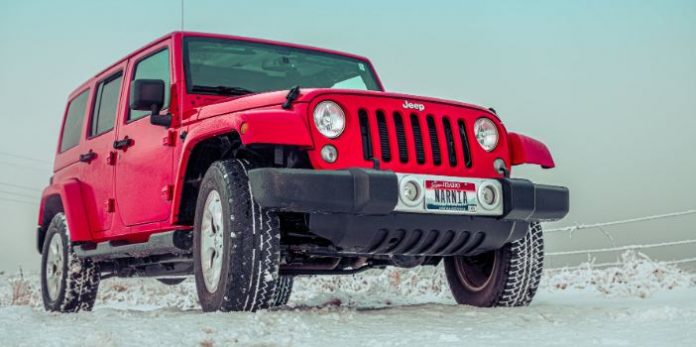If you live in areas where the winter weather is commonly a time of snow and ice, you need to be outfitting your vehicle with snow tires.
In spite of the fact that since the 1970’s we have enjoyed the benefit of tires that proclaim to be good for the year round, that is not always true for every location. Usually marked with an “M” or an “S” (referring to mud and snow, respectively), these types of tires are designed to handle the occasional run of bad weather, but not for weeks of driving on end.
Thick sheets of ice and impacted snow require solutions that are far more aggressive than most all-season tires can be reasonably be expected to supply.
There are significant differences between all season tires and snow tires. One of the major differences has to do with the manufacturing of the tire itself. Snow tires are made with a softer, more pliant tread than all season tires.
This helps the tire to grip the loose surface with decidedly ore success than the standard tread of most tires. Secondly, many models of snow tires are slightly more narrow, allowing for slightly more turning room.
When it comes to selecting your snow tires, there are a couple of things to keep in mind. First, you will be much better served by purchasing all four tires at the same time and make sure they are all the same size and carry the same tread pattern.
While the impact on your ability to maintain control of the vehicle is minimal, the fact is that you need any little edge you can get if you are going to be driving in severe weather. Secondly, different treads on a car will wear out more quickly and definitely more unevenly. In the long run, you will spend less money by investing in a complete set today.
If you are replacing an existing set and can only manage to purchase two new ones, then make sure to place the two best of your old set on the front of you vehicle and the new ones on the back. The reason is that most vehicles will see the most wear and tear on the tread of the back wheels.
Also, with many cars, it is the back wheels that do most of the work when attempting to stop or slow the vehicle. While not replacing the whole set at the same time is never advisable, try this if circumstances make it impossible to buy a complete set.
Before you attempt to mount the new snow tires, make sure they are positioned on the rims correctly. Snow tires are uni-directional. That is, they are manufactured with one side specifically to face inward.
Typically, there is an arrow on the side that should face outward, so you can easily make sure the tires are situated on the rims properly. If you are going to mount the snow tires yourself, the process will be the same as changing any tire.
One thing to remember is that once you have the tires mounted, make sure you take the vehicle to a garage where the wheels can be balanced and the car can be aligned. Failure to do so will result in greater wear and tear on your snow tires and could also interfere with the maneuverability of the car itself on slick roads.

